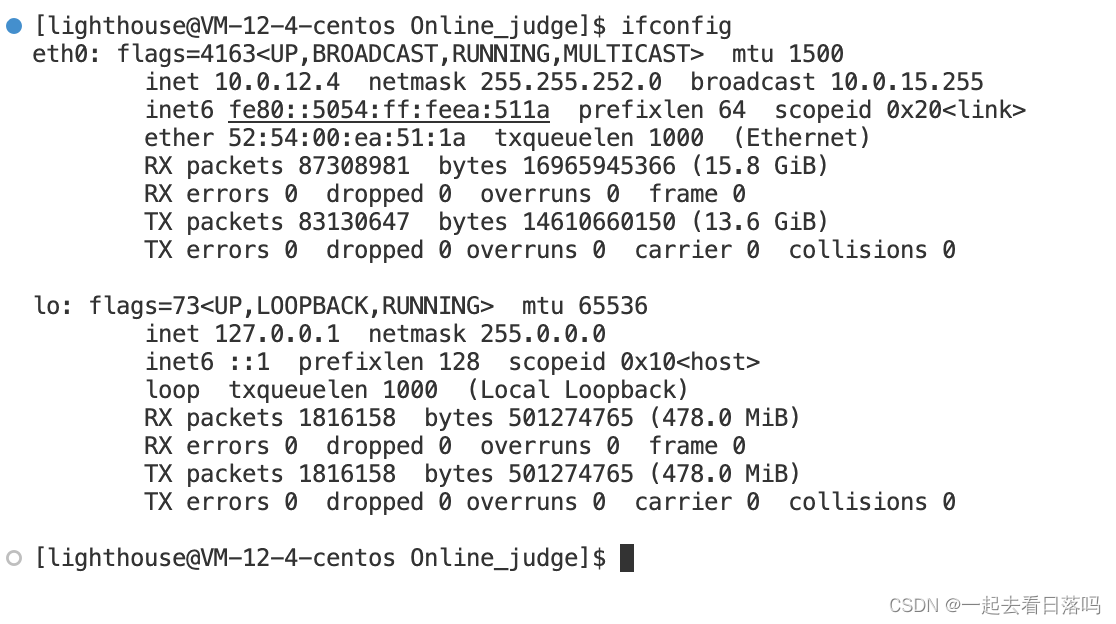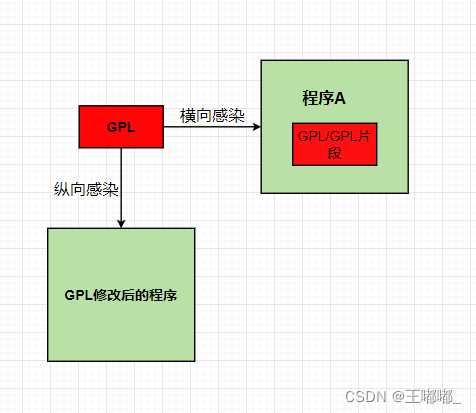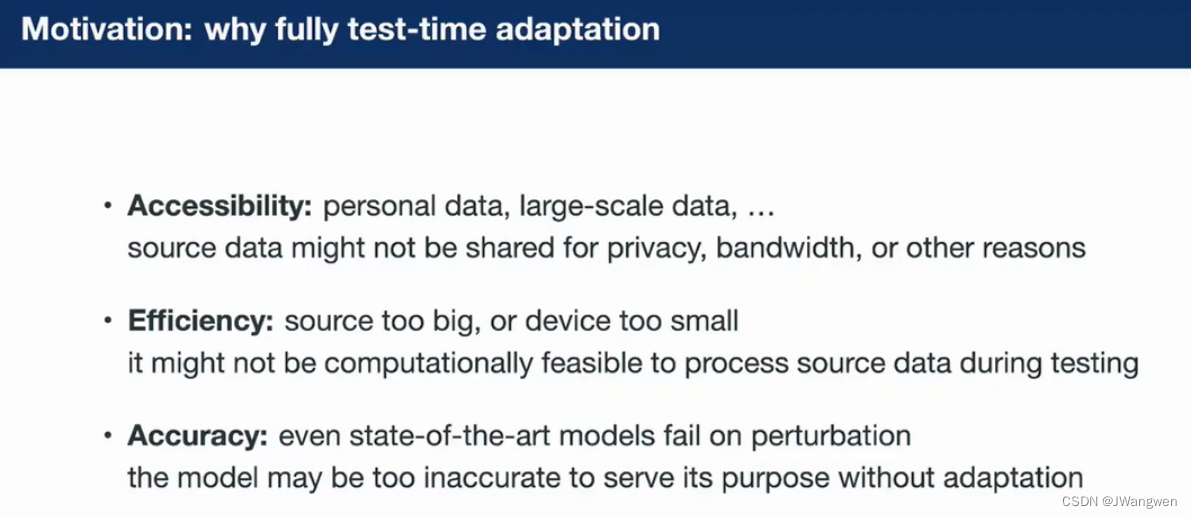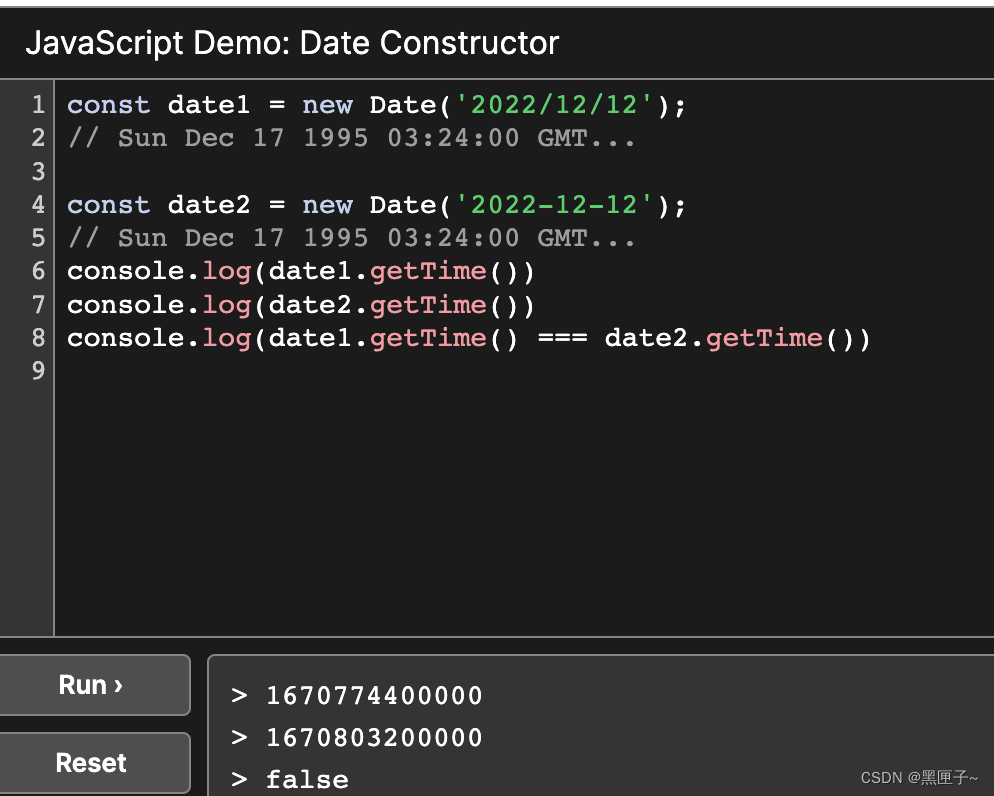相信有了第二章顺序表的基础,小伙伴们学习第三章链表应该会轻松一点吧
目录
类模板下的单链表
1.1书上干净完整代码(无增改、适合自己动手实验)
1.2对书上代码的完善和对一些问题的验证和解释代码
1.补全一个函数:
2.this指针:
3.关于printlist函数的一点说明:(增改后代码第117行)
4.getlength函数最后一步为什么是--cnt(增改后代码第136行):
5.增改后代码:
6.增改后代码效果图:
7.增改后代码运行效果:
类模板下的单链表
1.1书上干净完整代码(无增改、适合自己动手实验)
下面是书上单链表实现通信录的干净完整代码,基本一字不差~ 有需要的友友可以拿走~
#include <iostream>
using namespace std;
class phonebook
{
private:
int ID;
string name;
string phone;
string group;
public:
phonebook() {};
phonebook(int ID, string name, string phone, string group)
{
this->ID = ID;
this->name = name;
this->phone = phone;
this->group = group;
}
void print()
{
cout << this->ID << " " << this->name << " "
<< this->phone << " " << this->group << endl;
}
bool operator==(phonebook& p)
{
return (p.ID == this->ID) ? true : false;
}
};
template<class temp>
struct node
{
temp data;
node* next;
};
template <class temp>
class linklist
{
private:
node<temp>* front;
public:
linklist()
{
this->front = new node<temp>;
this->front->next = nullptr;
}
linklist(temp a[], int n);
~linklist();
void printlist();
int getlengh() {};
node<temp>* get(int i);
int locate(temp x);
void insert(int i, temp x);
temp del(int i);
};
//头插法
template<class temp>
linklist<temp>::linklist(temp a[], int n)
{
this->front = new node<temp>;
this->front->next = NULL;
for (int i = n - 1; i >= 0; i--)
{
node<temp>* s = new node<temp>;
s->data = a[i];
s->next = this->front->next;
this->front->next = s;
}
}
//尾插法
/*
template<class temp>
linklist<temp>::linklist(temp a[], int n)
{
this->front = new node<temp>;
node<temp>* r = this->front();
for (int i = 0; i < n; i++)
{
node<temp>* s = new node<temp>;
s->data = a[i];
r->next = s;
r = s;
}
r->next = NULL;
}
*/
template<class temp>
linklist<temp>::~linklist()
{
node<temp>* p = this->front;
while (p != NULL)
{
this->front = p;
p = p->next;
delete front;
}
}
template<class temp>
void linklist<temp>::printlist()
{
node<temp>* p = this->front->next;
while (p != NULL)
{
p->data.print();//数据域中的print方法(需要用户自定义)
p = p->next;
}
cout << endl;
}
//按位置查找,返回地址
template<class temp>
node<temp>* linklist<temp>::get(int i)
{
node<temp>* p = this->front->next;
int j = 1;
while (p != NULL && j != i)
{
p = p->next;
j++;
}
return p;
}
//按值查找,返回位置
template<class temp>
int linklist<temp>::locate(temp x)
{
node<temp>* p = this->front->next;
int j = 1;
while (p != NULL)
{
if (p->data == x)return j;
p = p->next;
j++;
}
return -1;//如果没有找到,返回无效值
}
template <class temp>
void linklist<temp>::insert(int i, temp x)
{
node<temp>* p = this->front;
if (i != 1)
p = get(i - 1);//get(i - 1)表示要插入的位置的前一个结点地址
if (p != NULL)
{
node<temp>* s = new node<temp>;
s->data = x;
s->next = p->next;
p->next = s;
}
else
{
cout << "插入位置错误:" << endl;
exit(0);
}
}
template<class temp>
temp linklist<temp>::del(int i)
{
node<temp>* p = this->front;
if (i != 1)p = get(i - 1);
node<temp>* q = p->next;
p->next = q->next;
temp x = q->data;
delete q;
return x;
}
int main()
{
phonebook pbook[4] =
{
{20181208,"mary","13011221827","classmates"},
{20181127,"tom","13934621123","family"},
{20181156,"john","1324579880","classmates"},
{20181133,"lisa","1378001822","teacher"}
};
phonebook record(20181209, "phoenix", "1590209020", "teacher");
linklist<phonebook>list(pbook, 4);
cout << "通信录内容列表:" << endl;
list.printlist();
list.insert(1, record);
cout << "通信录内容列表:" << endl;
list.printlist();
phonebook x = list.del(3);
cout << "删除元素:" << endl;
x.print();
cout << "通信录内容列表:" << endl;
list.printlist();
int p = list.locate(record);
cout << "phoenix的位置是:" << p << endl;
return 0;
}代码效果图:
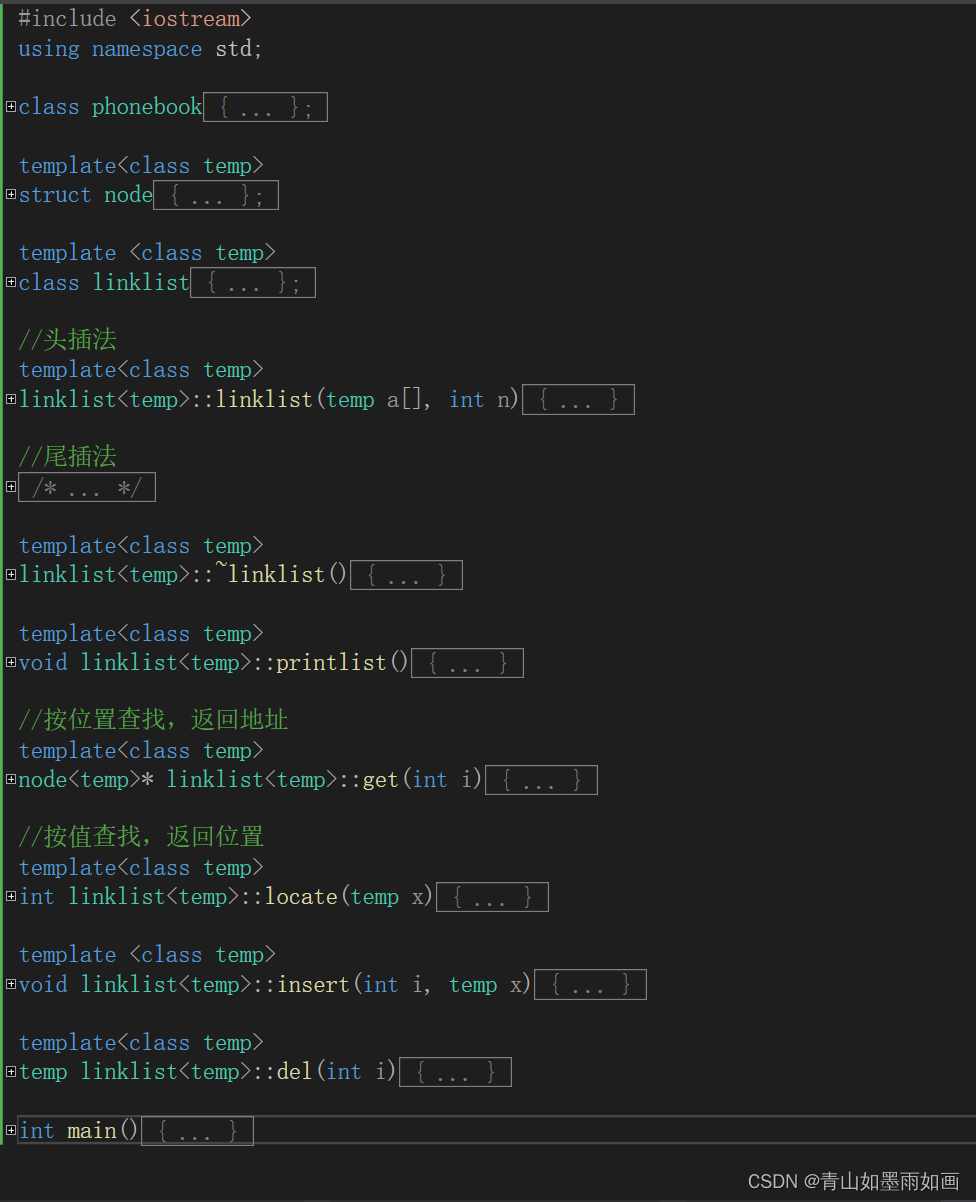
运行效果图:

1.2对书上代码的完善和对一些问题的验证和解释代码
(自己增改部分已经在代码中标明,有助于友友们对问题的理解)
1.补全一个函数:
书上没有对getlength函数做定义,本代码已经补全;
2.this指针:
“this->”,是个指针,p用没有,就是本人觉得写着顺手,看代码的时候直接忽略即可~
3.关于printlist函数的一点说明:(增改后代码第117行)
为什么printlist函数是从this->front->next开始打印数据,而不是this->front呢?
因为无论在显示构造函数还是隐式构造函数中,都没有对头结点的数据域赋值。
如果我们将this->front->next改成this->front:程序不会报错,但是会在头结点数据域输出的位置输出一串乱码。这代表头结点的存储地址。
为了便于验证,我们在linklist中添加了getfront函数,用来输出头结点的数据域。
(见增改后代码第51行函数声明)验证结果已在运行框中显示。
4.getlength函数最后一步为什么是--cnt(增改后代码第136行):
其实有了说明3的解释,相信大家应该都能大概明白,这个顺序表的实际长度确实是cnt的,但是因为头结点默认不存放有效数据,所以考虑有效长度时不将其算在内。
5.增改后代码:
#include <iostream>
using namespace std;
class phonebook
{
private:
int ID;
string name;
string phone;
string group;
public:
phonebook() {};
phonebook(int ID, string name, string phone, string group)
{
this->ID = ID;
this->name = name;
this->phone = phone;
this->group = group;
}
void print()
{
cout << this->ID << " " << this->name << " "
<< this->phone << " " << this->group << endl;
}
bool operator==(phonebook& p)
{
return (p.ID == this->ID) ? true : false;
}
};
template<class temp>
struct node
{
temp data;
node* next;
};
template <class temp>
class linklist
{
private:
node<temp>* front;
public:
linklist()
{
this->front = new node<temp>;
this->front->next = nullptr;
}
linklist(temp a[], int n);
~linklist();
temp getfront();//自己增加部分 书上无
void printlist();
int getlengh();
node<temp>* get(int i);
int locate(temp x);
void insert(int i, temp x);
temp del(int i);
};
//头插法
template<class temp>
linklist<temp>::linklist(temp a[], int n)
{
this->front = new node<temp>;
this->front->next = NULL;
for (int i = n - 1; i >= 0; i--)
{
node<temp>* s = new node<temp>;
s->data = a[i];
s->next = this->front->next;
this->front->next = s;
}
}
//尾插法
/*
template<class temp>
linklist<temp>::linklist(temp a[], int n)
{
this->front = new node<temp>;
node<temp>* r = this->front();
for (int i = 0; i < n; i++)
{
node<temp>* s = new node<temp>;
s->data = a[i];
r->next = s;
r = s;
}
r->next = NULL;
}
*/
template<class temp>
linklist<temp>::~linklist()
{
node<temp>* p = this->front;
while (p != NULL)
{
this->front = p;
p = p->next;
delete front;
}
}
//自己增加部分 书上无
template<class temp>
temp linklist<temp>::getfront()
{
node<temp>* p = front;
temp x = p->data;
return x;
}
template<class temp>
void linklist<temp>::printlist()
{
node<temp>* p = this->front->next;//见说明3.
while (p != NULL)
{
p->data.print();//数据域中的print方法(需要用户自定义)
p = p->next;
}
cout << endl;
}
template<class temp>
int linklist<temp>::getlengh()
{
node<temp>* p = this->front;
int cnt = 0;
while (p != NULL)
{
p = p->next;
cnt++;
}
return --cnt;//见说明4
}
//按位置查找,返回地址
template<class temp>
node<temp>* linklist<temp>::get(int i)
{
node<temp>* p = this->front->next;
int j = 1;
while (p != NULL && j != i)
{
p = p->next;
j++;
}
return p;
}
//按值查找,返回位置
template<class temp>
int linklist<temp>::locate(temp x)
{
node<temp>* p = this->front->next;
int j = 1;
while (p != NULL)
{
if (p->data == x)return j;
p = p->next;
j++;
}
return -1;//如果没有找到,返回无效值
}
template <class temp>
void linklist<temp>::insert(int i, temp x)
{
node<temp>* p = this->front;
if (i != 1)
p = get(i - 1);//get(i - 1)表示要插入的位置的前一个结点地址
if (p != NULL)
{
node<temp>* s = new node<temp>;
s->data = x;
s->next = p->next;
p->next = s;
}
else
{
cout << "插入位置错误:" << endl;
exit(0);
}
}
template<class temp>
temp linklist<temp>::del(int i)
{
node<temp>* p = this->front;
if (i != 1)p = get(i - 1);
node<temp>* q = p->next;
p->next = q->next;
temp x = q->data;
delete q;
return x;
}
int main()
{
phonebook pbook[4] =
{
{20181208,"mary","13011221827","classmates"},
{20181127,"tom","13934621123","family"},
{20181156,"john","1324579880","classmates"},
{20181133,"lisa","1378001822","teacher"}
};
phonebook record(20181209, "phoenix", "1590209020", "teacher");
linklist<phonebook>list(pbook, 4);
cout << "通信录内容列表:" << endl;
list.printlist();
//自己增加部分 书上无
cout << "验证头结点数据无效:" << endl;
phonebook y = list.getfront();
cout << "头结点数据为:" << endl;
y.print();
cout << endl;
list.insert(1, record);
cout << "通信录内容列表:" << endl;
list.printlist();
phonebook x = list.del(3);
cout << "删除元素:" << endl;
x.print();
cout << "通信录内容列表:" << endl;
list.printlist();
int p = list.locate(record);
cout << "phoenix的位置是:" << p << endl;
//自己增加部分 书上无
cout << "通信录的长度为:" << endl;
cout << list.getlengh();
return 0;
}6.增改后代码效果图:
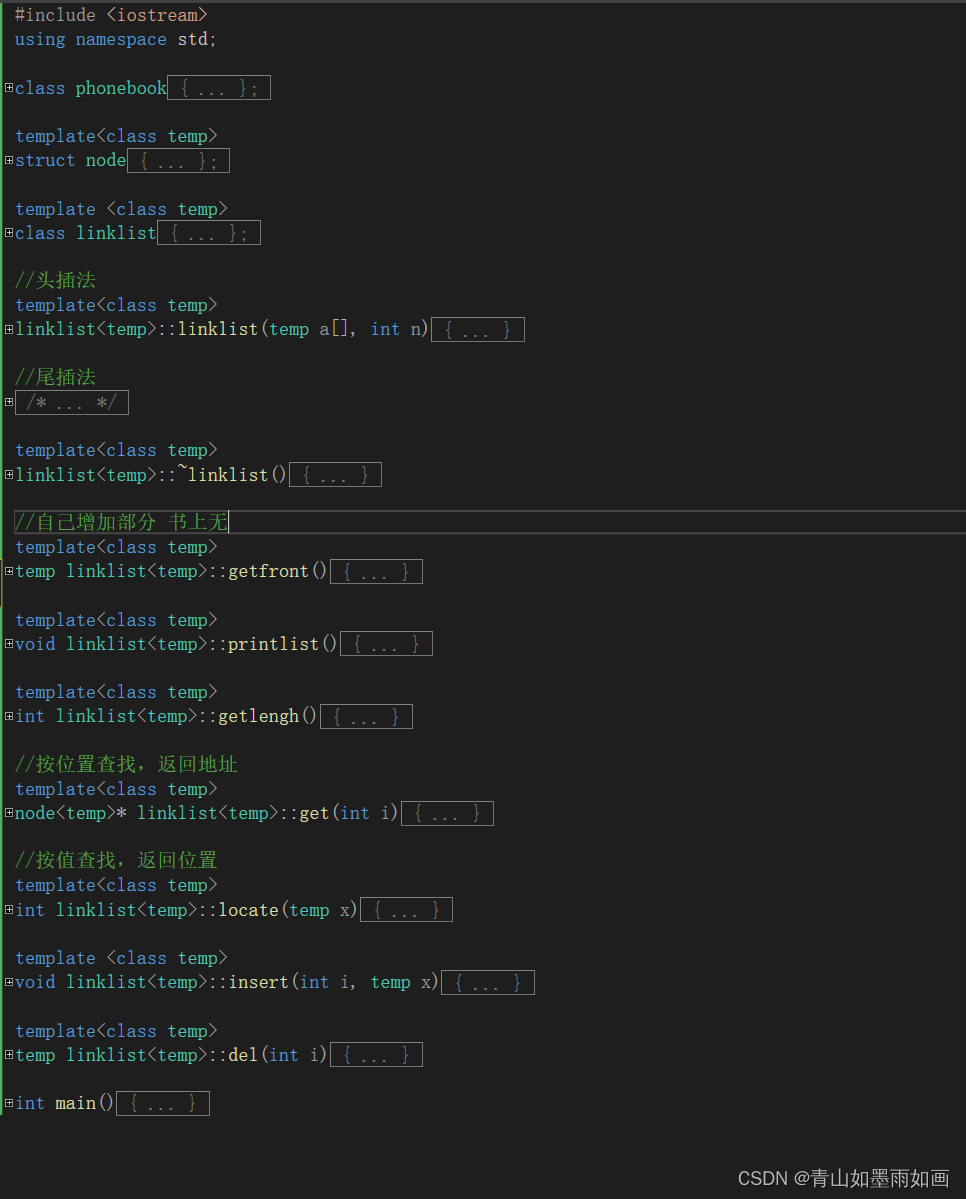
7.增改后代码运行效果:
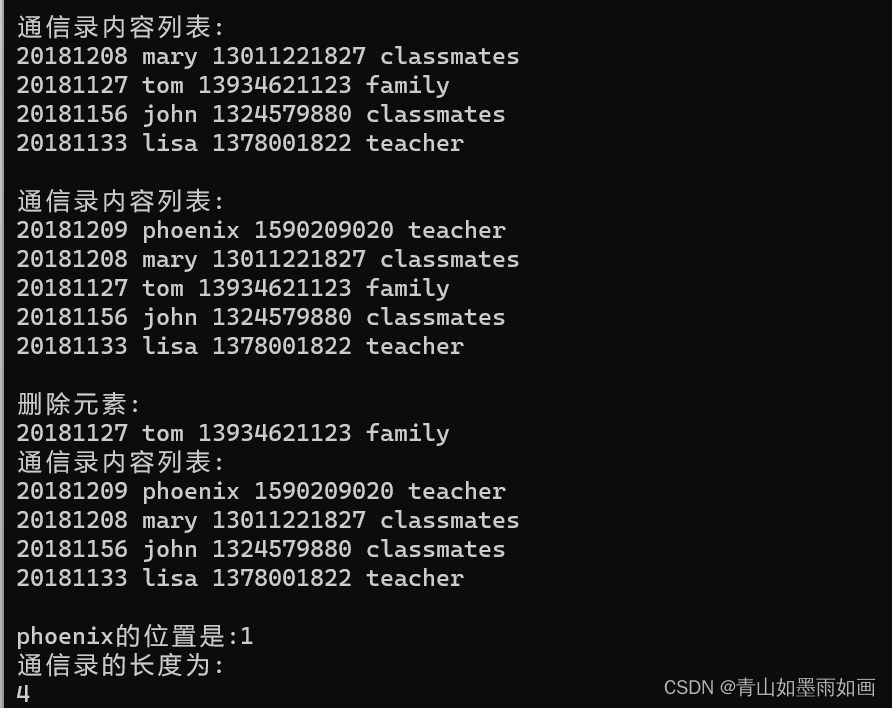
上一篇文章:数据结构与算法 第二章 顺序表 请参考以下链接 ~
https://blog.csdn.net/bc202205/article/details/129311232?spm=1001.2014.3001.5501
写码不易,关注一下作者再走呗o(╥﹏╥)o
谢谢支持~




